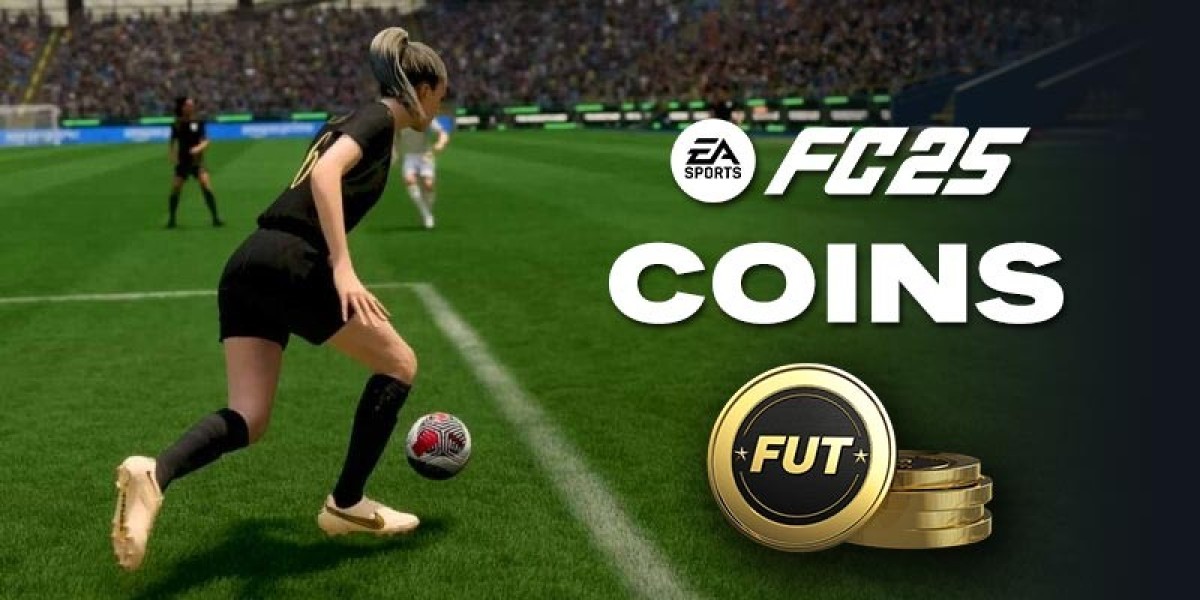There is one trigeminal nerve on each side. It carries touch and painsensations from your face and controls the muscles used in chewing.The nerve divides into three main branches
· 1st branch- V1 (ophthalmic branch)goes to the scalp, forehead and the region around the eye
· 2nd branch- V2 (maxillary branch) goes to the cheek area
· 3rd branch- V3 (mandibular branch) goes to the jaw area
TN more commonly affects the 2nd and 3rdbranches causing pain over the jaw and the cheek area. The patient generally experiences a severe, sudden, sharp, stabbing, burning or shock-like sensation lasting for a short duration with frequent episodes throughout the day.
What are the symptoms of Trigeminal Neuralgia?
TN pain is typically described as
· Sudden, sharp, stabbing, piercing, burning or electric shock-like sensation over the face lasting for a short duration (few seconds to minutes)
· Frequent episodes of severe pain can occur throughout the day. The episodes usually do not occur when one is asleep
· Pain can be triggered by talking, chewing, washing the face, brushing, drinking, shaving, or cold. Trigger areas are sensitive areas which when touches can trigger episodes of pain and are commonly observed around the nose, mouth,chin and cheek close to the midline
· Pain may be associated with spasms
· After repeated attacks dull ache and tenderness in the affected area can persist
· Usually one side of face in affected although rarely both sides (in approx. 3% of TN cases) can be involved
· Episodes can last for days, weeks, or months at a time
· There may be no symptoms between attacks and the pain can disappear for months or years
· The pain can worsen over time with fewer and shorter pain-free periods
Such extreme pain can often trigger secondary problems such as
· Low mood or anxiety
· Poor oral hygiene
· Weight loss
· Reduced social withdrawal, impact on job, family life etc.
Why does it happen?
About 10 people in 100,000 develop TN each year. This conditionis more common in women and is generally seen after the age of 50 years. There is some evidence that the disorder can run in families. Although sometimes debilitating, the disorder is not life-threatening.
Causes of TN include
· Compression of the nerve by a blood vesselcan lead to damage of the covering of the nerve(demyelination)
· TN may be a symptom of another condition like a tumour or multiple sclerosis
· In some cases (approximately 10%), the underlying cause remains unknown
How is Trigeminal Neuralgia diagnosed?
The diagnosis is based on the typical symptoms and there is nodiagnostic test for trigeminal neuralgia.Physical examination in classic TN is generally normal and as facial pain can be caused by a large number of conditions, sometimes the diagnosis can be challenging. Branches of nerve can be damaged with facial trauma, dental procedures, or surgery causing similar symptoms.
MRI scan are considered especially when
· The symptoms are atypical casting a shadow on diagnosis
· If the presentation is in a younger adult
· The response to treatment is not as expected
· To assess if a blood vessel is pressing on the nerve as prior to surgery
What are the treatment options for Trigeminal Neuralgia?
There are many options available to control the pain in TN including medications, interventional pain procedures and surgery.
Medications. Common pain relief medications or simple painkillers like paracetamol or ibuprofen are not effective in controlling TN pain. Different type pain-relieving mediations which work on nerves by quietening nerve impulses are more effective. These medicines are started on low doses and gradually escalated depending on one’s response and the severity of the problem. Starting at high doses straight way can lead to more side effects and may sometimes be counterproductive. Some of the medicines need monitoring and regular blood tests. One medicine may not work for everyone and different options or combinations may need to be explored to get best pain control.
Interventional pain procedures. If medication fails to relieve pain or are poorly tolerated due to side effects, then interventional pain procedures can be are considered including
· Local nerve blocks– this involves blocking the individual nerves or their branches affected and is a safe procedure with minimal risks/ side effects. The effects may sometimes be short lasting but can help to break the pain cycle and sometimes that is all that is required for one to go into remission.
· Radiofrequency treatment– A number of treatment options involve damaging the trigeminal nerve cells to interrupt the transmission of pain signals to brain, thereby producing pain relief. These include – radiofrequency treatment (using controlled heat), glycerol injection (using chemicals), balloon compression (using mechanical pressure) and stereotactic radiosurgery (or Gamma Knife, which involves using a form of radiation therapy).
The radiofrequency treatment does not involve any cuts or incisions and is minimally invasive. In this treatment a needle to apply heat directly to the nerve cells.The resulting relief is of quick onset and can last for long duration.
Other options include-
· intravenous drug infusions
· Botox injections (for trigger points)
Surgery. If an MRI scan shows that there is a blood vessel pressing on the nerve, microvascular decompression or move the blood vessel away from the nerve to relieve the pressure off the nerve may be an option. This can offer long-term relief but is however a major undertaking as it involves brain surgery to reach the problem site. There are pros and cons of each treatment and the best option is decided in consultation with the concerned individual.
What can I do?
Maintain good oral hygiene. If brushing is not possible then alternative options such as antibacterial mouthwash can be considered
Avoid triggering factors such as
· Hot, cold or spicy foods
· Avoid touching the triggering areas
· Other triggering factors such as cold weather
· Take regular medications as suggested by your doctor
How long does it last and what can I expect from the future?
Trigeminal neuralgia is not life threatening although can adversely impact on the quality of life and the fear of impending attacks can have a debilitating impact on all aspect of one’s life. The course of TN is variable with frequent recurrences and remission (symptom free intervals) lasting for months and years. With our current knowledge and research evidence it is not possible predict the timing or the frequency of attacks or the future course of the condition, but correct diagnosis and proper management can be beneficial to the patients, leads to a good prognosis. In many cases it has been observed that the bouts of pain tend to become more frequent as one ages. Controlling the pain symptoms is possible in most patients with appropriate specialist guidance.








